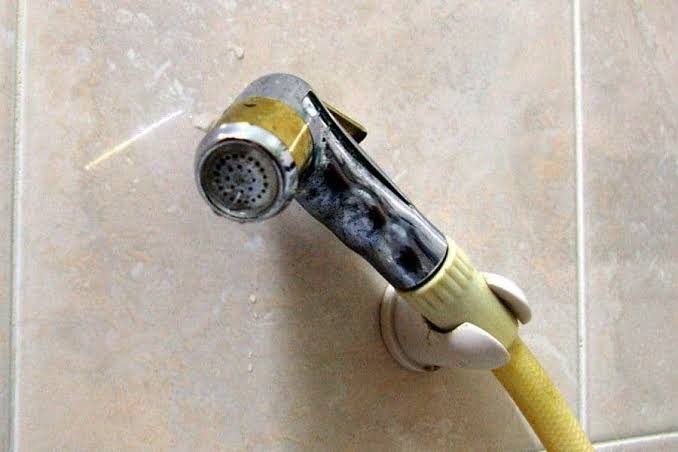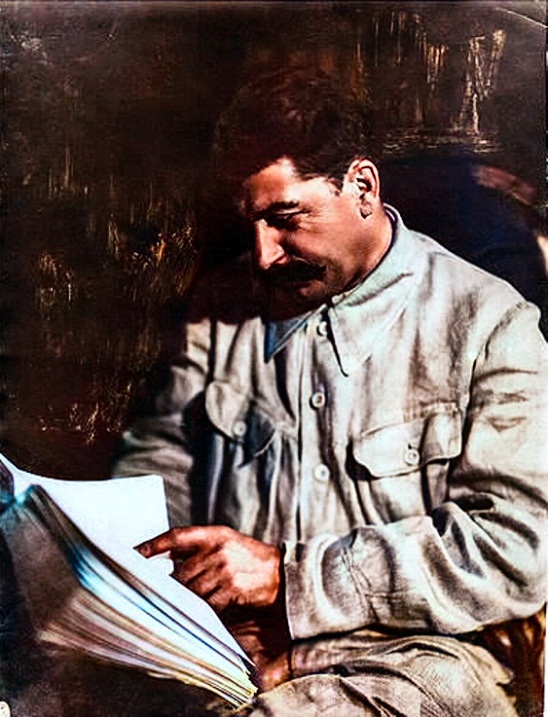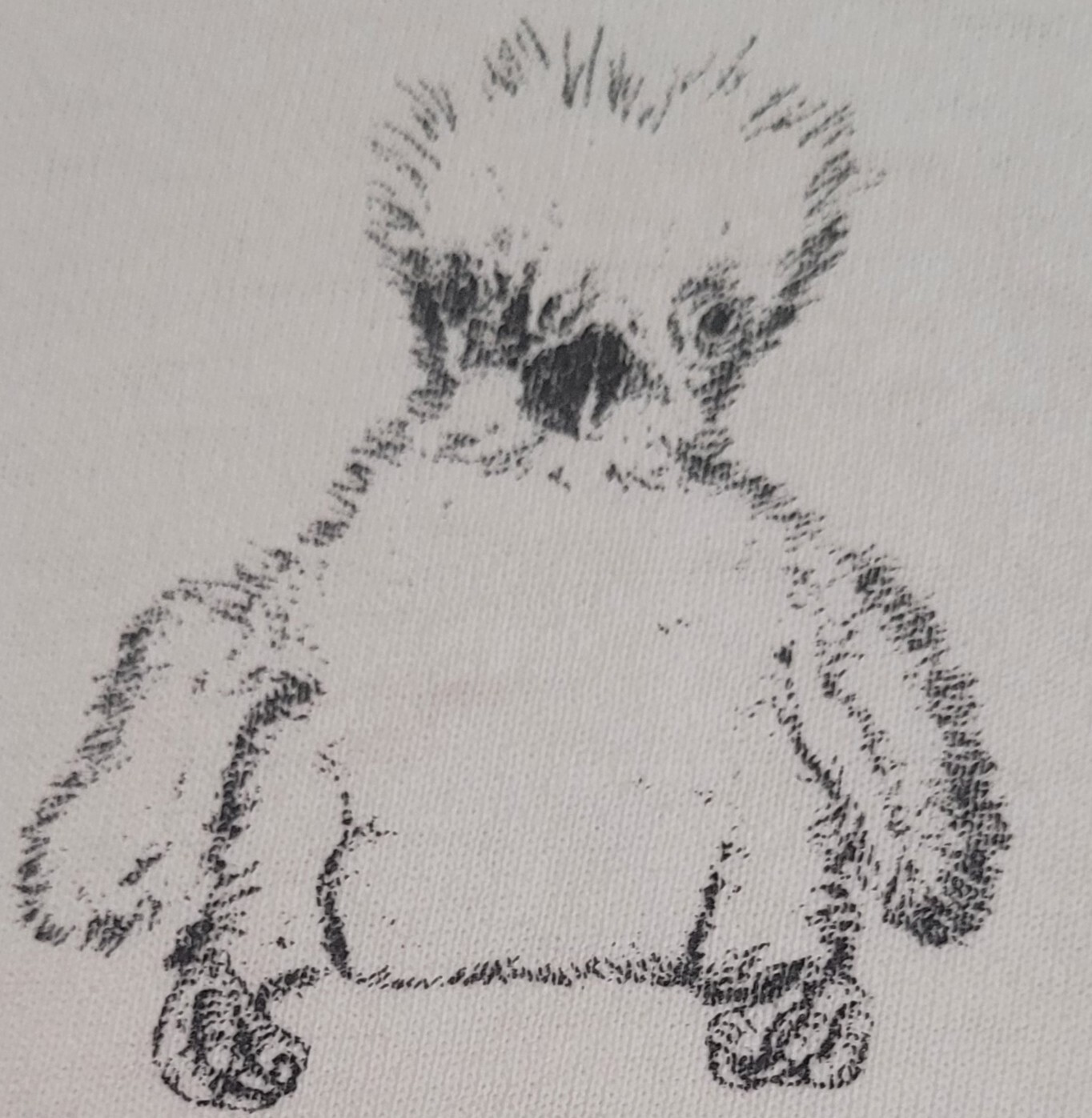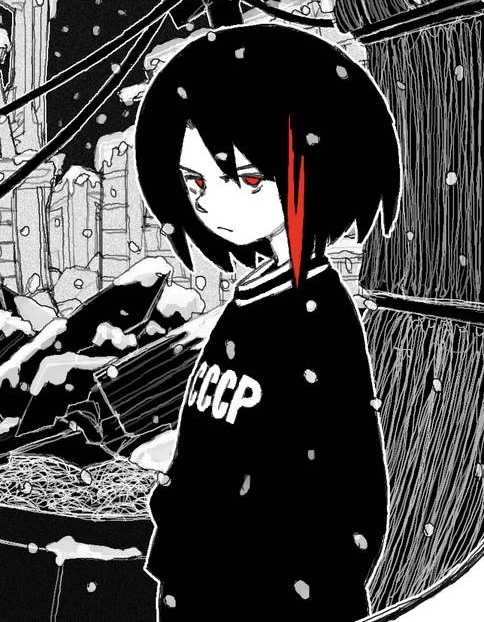A new drug described as “the closest we have ever been to an HIV vaccine” could cost $40 (£31) a year for every patient, a thousand times less than its current price, new research suggests.
Lenacapavir , sold as Sunlenca by US pharmaceutical giant Gilead, currently costs $42,250 for the first year. The company is being urged to make it available at a thousand times less than that price worldwide.
UNAids said it could “herald a breakthrough for HIV prevention” if the drug was available “rapidly and affordably”.
Given by injection every six months, lenacapavir can prevent infection and suppress HIV in people who are already infected.
In a trial, the drug offered 100% protection to more than 5,000 women in South Africa and Uganda, according to results announced by Gilead last month.
Lenacapavir is currently licensed for treatment, not prevention.
In a study presented at the 25th international Aids conference in Munich on Tuesday, experts calculated that the minimum price for mass production of a generic version, based on the costs of lenacapavir’s ingredients and manufacturing, and allowing for 30% profit, was $40 a year , assuming 10 million people used it annually. In the long-term, 60 million people would probably need to take the drug preventatively to lower HIV levels significantly, they said.
Dr Andrew Hill, of Liverpool University, who led the research, said: “You’ve got an injection somebody could have every six months and not get HIV. That’s as close as we’ve ever been to an HIV vaccine.”
Most HIV prevention presently relies on daily pills and barrier measures, such as condoms.
Campaigners want Gilead to allow generic licensing through the UN-backed Medicines Patent Pool in all low- and middle-income countries (LMICs), which account for 95% of HIV infections. Similar mechanisms have been in place in the HIV treatment market for decades, where wealthy countries pay higher prices than poorer ones.
If that did not happen, Hill said, countries should consider issuing compulsory licences allowing generic manufacture in the face of a public health emergency.
Gilead said it was “too early” to price lenacapavir for prevention, as it was awaiting clinical trial data and potential regulatory filings, but promised “a strategy to enable broad, sustainable access globally”.
This would include both “Gilead supply in the countries where the need is greatest until voluntary licensing partners are able to supply high-quality, low-cost versions of lenacapavir” and a voluntary licensing programme for “high-incidence, resource-limited countries”. Gilead said choosing those countries was ongoing.
But campaigners said it was vital that all LMICs, including “upper middle-income” nations such as Brazil, had access to low-cost generic forms of the drug.
Similar selections in the past had excluded countries where the HIV epidemic was growing fastest, they said.
Trials in LMICs made the case for universal access even stronger, Hill said, pointing to the Helsinki Declaration on medical ethics, which said that trials should only be performed in populations who stood to benefit from the results.
Joyce Ouma, senior programmes officer at Y+ Global, a network of young people living with HIV, said a twice-yearly injectable would be “transformative for young people like me living with or at risk of HIV”.
Ouma said: “It’s not an exaggeration to say that meeting the 2030 goal of ending new HIV transmissions hinges on Gilead ensuring people in the global south have fair access to lenacapavir.”
Winnie Byanyima, executive director of UNAids, said treatment could be “life-saving” by providing a more discreet option than daily tablets for people who faced stigma because of their HIV status or sexuality.
experts calculated that the minimum price for mass production of a generic version, based on the costs of lenacapavir’s ingredients and manufacturing, and allowing for 30% profit, was $40 a year
So it could be $30.77?
30% profit is wild
1300% profit is even wilder. How are pharma capitalists allowed to walk around with their heads intact
It’s actually 131,000% profit, 1300 is how many times the price it should cost. 1,300x too expensive.
131,250% of $32 is 42,000
Percent to decimal means divide by 100
1312.5 x $32 = $42,000I’m allowing for a a dollar and change profit per year supply, could probably work out with less than a dollar profit though.
I’m hoping China could start producing these. But the real question is, at what cost?
If you’ve seen the mini docs about Chinese procurement agencies negotiating with pharma companies on unit pricing, they haggle for every penny and the pharma companies have no choice but to accept because even if the margins are tiny the sheer volume of the Chinese market is too good to pass up.
sounds like a good watch, do you happen to have a link?
(not the person you replied to)
I don’t have docs (plural) but I do have this specific video which brings me great joy every time I watch it (if someone with a TankieTube account wants to upload it so we don’t have to watch it on
 here’s a temporary re-upload of the video file). There used to be another version up on YouTube on this channel called Pamphlets (since banned, apparently) which contrasted it with Rep. Katie Porter “grilling” some pharma exec in the usual Congressional hearing dog-and-pony show where nothing is actually accomplished.
here’s a temporary re-upload of the video file). There used to be another version up on YouTube on this channel called Pamphlets (since banned, apparently) which contrasted it with Rep. Katie Porter “grilling” some pharma exec in the usual Congressional hearing dog-and-pony show where nothing is actually accomplished.edit: found another one! Cost of that drug in the US is $150,000 per vial btw.
 you will lower the price because the vibes are bad
you will lower the price because the vibes are bad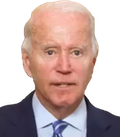 look fat. I dont agree with your price gouging, which is why I am calling for you to lower prices!
look fat. I dont agree with your price gouging, which is why I am calling for you to lower prices!A Reddit link was detected in your comment. Here are links to the same location on alternative frontends that protect your privacy.
Other reply has the snippets, but yeah I don’t think the full thing is online, I just happened to watch it on CCTV when I was in China.


I’ve been reading Health Communism, and I just finished their chapter about pharmaceuticals. 10/10 amazing book, y’all.
Global North-based pharmaceutical companies like Gilead will do everything possible to kneecap pharmaceutical development in the South, and they don’t care how many people are disabled or killed as a result - they only care about extracting as much profit as possible. Gilead cannot and do not want to compete with an equivalent medication that costs patients less than 0.1% of their medication.
Just added to reading list - thank you!
For context, in 2023 Gilead had a net income of $5.61 billion and their CEO, Daniel O’Day, had a total compensation of $22.6 million.
Death to America.

deleted by creator

 Stop being anti science!
Stop being anti science! Sound like a conspiracy theory. Stop browsing 4chan and get a job kiddo.
Sound like a conspiracy theory. Stop browsing 4chan and get a job kiddo. This is a capitalist country and it makes some people very angry.
This is a capitalist country and it makes some people very angry.All of this is sarcasmmifnit wasn’t obvious.
